Museum of Artificial Art
Via Maggio
60r
Toscana
50125
Firenze
Italy
Mobile Ph: +39 371 364 3369
Email : [email protected]
URL : moaa.art
Elanor Boyd (Owner)
Gregorio Burgio (Operations)
About
Rooted in rigorous curation, MoAa exists to shape new frameworks for how we see, think, and collect—positioning art and AI as a new form of creative praxis.
About the Artist
Parallel.fbx was born from a gaze trained since childhood to recognize beauty in the margins, in the details, in silence. Raised in Sardinia, where the landscape teaches contemplation without possession, the project carries a visual sensitivity nourished by observation and distance. For Parallel.fbx, beauty is never conquest—it is revelation.
After a formative journey in design and art direction, developed between Milan and the world of visual communication, the project found its turning point in the encounter with artificial intelligence. The absence of manual skill became a strength: AI bridged the gap between imagination and matter, transforming thought into image. It is not the tool that defines the work, but the vision that guides it.
The works of Parallel.fbx are unsettling mirrors of the present. Religious icons are contaminated by the aesthetics of luxury and consumerism; war becomes spectacle, solitude becomes profiling, depression becomes background noise.
Through AI, Parallel.fbx tackles complex themes with irony and clarity, questioning a society that is ostentatious and hyperconnected, yet profoundly fragile. The images—apparently pop and superficial— do not reassure: they provoke, destabilize, and force the viewer to look where they would rather not. Each piece is an open question: what remains of the human when creation is delegated to the machine?
Founder of The Future in Black, Joy Fennell redefines how Blackness is seen, imagined, and remembered. Her work envisions future ancestors—where reimagined histories meet visionary futures.
Her practice uses AI to blend artistic traditions that often excluded Black subjects—from regal portraiture historically commissioned by white patrons to liberated, fantastical worlds and intimate photographic portraits that reveal the depth of human experience.
Dai challenges the biases of generative AI and social algorithms by prioritizing inclusive input, reshaping how beauty is represented across platforms.
His striking, hyper-stylized portraits merge futurist fashion, cinematic lighting, and sculptural form—creating iconic figures with the depth and presence to anchor expansive imagined worlds.
Serifa is an artist duo working with AI to produce haunting, grainy dreamscapes that feel at once intimate and uncanny. Their imagery evokes states of memory and reverie, where figures and environments dissolve into spectral presence.
By embracing ambiguity, Serifa opens a poetic space between recognition and disappearance, inviting viewers to dwell in the subconscious textures of AI imagination.
Zachary Lieberman (b. 1977) is an American new media artist, designer, programmer, and educator whose practice intersects technology, interactivity, and poetic expression.
Born in 1977, Lieberman earned a B.A. in Fine Arts from Hunter College and later an M.F.A. in Design and Technology from Parsons School of Design. Over the course of his career, his work has been exhibited internationally at venues such as Ars Electronica, Futuresonic, CeBIT, and the Off Festival, where he explores the boundaries between the visible and invisible.
In collaboration with Golan Levin, he created the interactive audiovisual project Messa di Voce. He is also co-founder (with Theo Watson and Arturo Castro) of openFrameworks, an influential open-source C++ toolkit widely used in creative coding and experimental graphics.
Lieberman has held residencies at institutions including Ars Electronica Futurelab, Eyebeam, Dance Theater Workshop, and Hangar Center for the Arts in Barcelona. In 2013, he co-founded the School for Poetic Computation, a hybrid educational and research initiative based in New York.
He currently teaches at Parsons and leads the Future Sketches group at the MIT Media Lab, where his research focuses on creating new modes of visual expression through code and computation.
His accolades include the Golden Nica (Ars Electronica, Interactive Art) for EyeWriter, the AOL 25x25 Artist Grant, and recognition by Fast Company as one of the “100 Most Creative People in Business.”
Zachary Lieberman (b. 1977) is an American new media artist, designer, programmer, and educator whose practice intersects technology, interactivity, and poetic expression.
Born in 1977, Lieberman earned a B.A. in Fine Arts from Hunter College and later an M.F.A. in Design and Technology from Parsons School of Design. Over the course of his career, his work has been exhibited internationally at venues such as Ars Electronica, Futuresonic, CeBIT, and the Off Festival, where he explores the boundaries between the visible and invisible.
In collaboration with Golan Levin, he created the interactive audiovisual project Messa di Voce. He is also co-founder (with Theo Watson and Arturo Castro) of openFrameworks, an influential open-source C++ toolkit widely used in creative coding and experimental graphics.
Lieberman has held residencies at institutions including Ars Electronica Futurelab, Eyebeam, Dance Theater Workshop, and Hangar Center for the Arts in Barcelona. In 2013, he co-founded the School for Poetic Computation, a hybrid educational and research initiative based in New York.
He currently teaches at Parsons and leads the Future Sketches group at the MIT Media Lab, where his research focuses on creating new modes of visual expression through code and computation.
His accolades include the Golden Nica (Ars Electronica, Interactive Art) for EyeWriter, the AOL 25x25 Artist Grant, and recognition by Fast Company as one of the “100 Most Creative People in Business.”
Exhibiting Artists

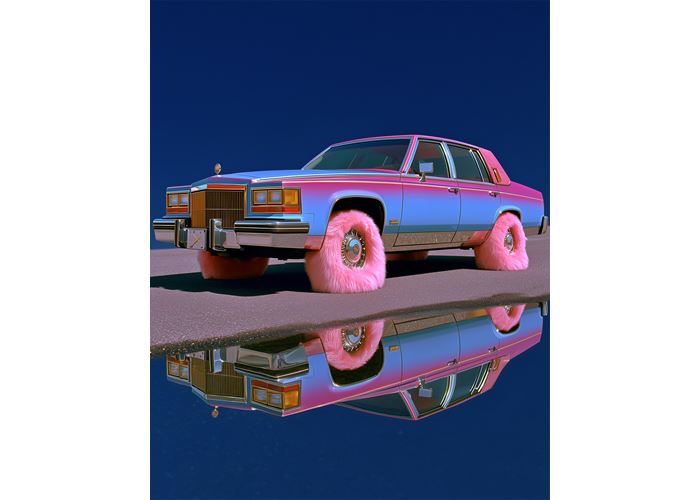
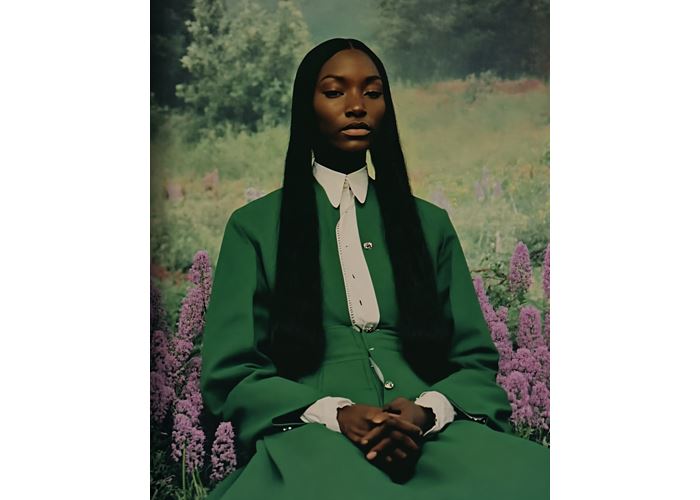
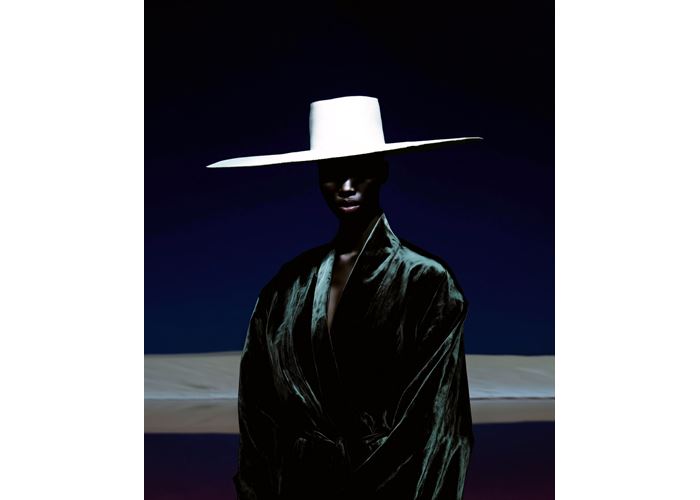
_T638960066305378133.tif?width=700&height=500&mode=pad&format=jpg&qlt=80)
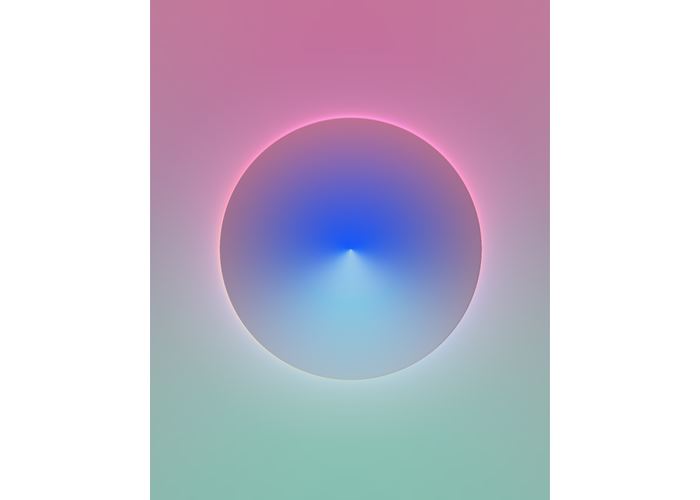
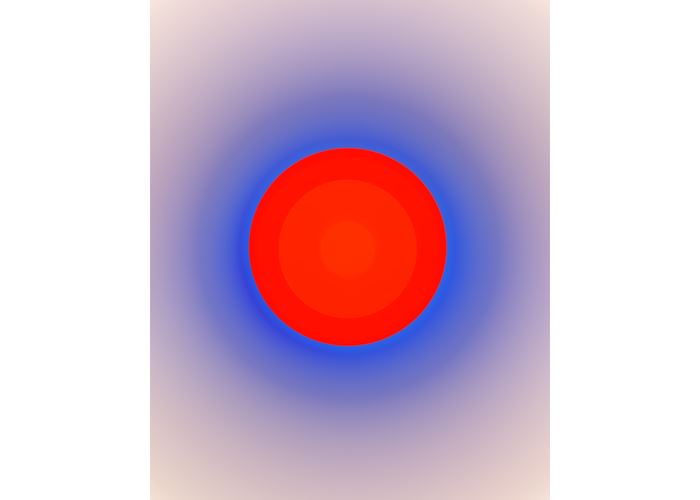



_T638960066305378133.tif?height=45&mode=pad&format=jpg&qlt=80)

